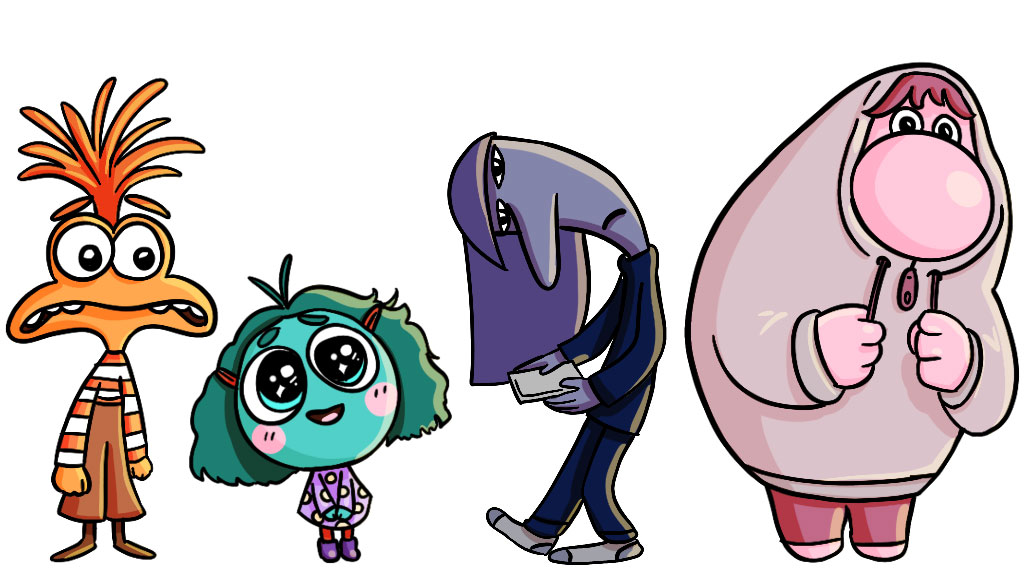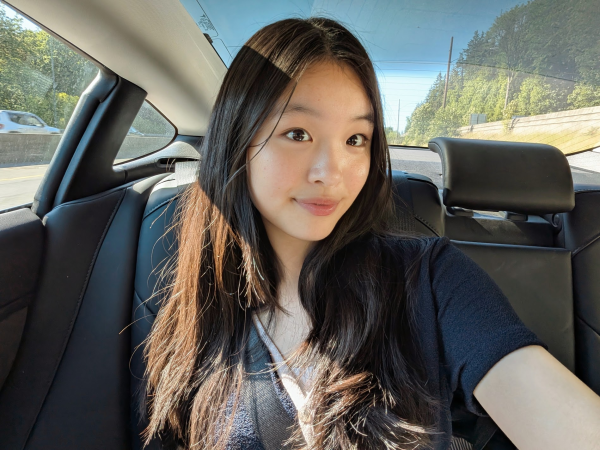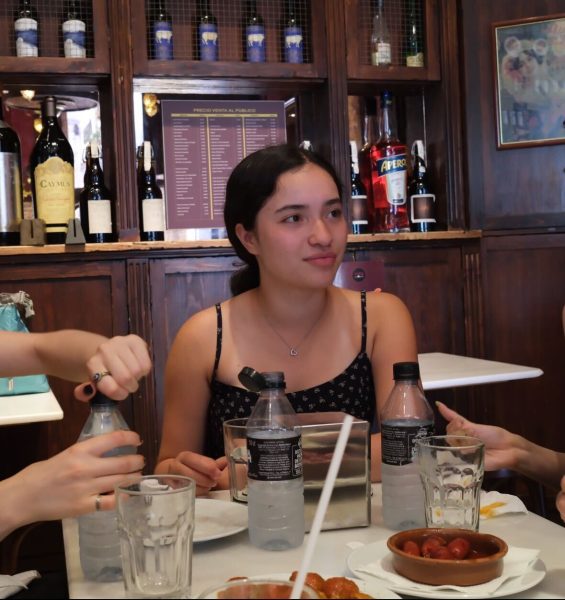Almost every teenager remembers the magic of “Inside Out.” Relating with Riley as she got older and watching endearing personifications of a human’s primary emotions overcome obstacles, the film was a true testament to our childhood and the joys and struggles that come with it. In fact, children connected so much with the experiences of Riley that many of us walked out of the theater having learned a valuable lesson too: that every different emotion present in our life can be positive. Armed with this newfound knowledge, the playground, lunchroom, and world seemed to be my oyster. Even better, all my emotions coexisted in perfect harmony…
But then, of course, as we all sadly do at one point: I grew up. But I wasn’t alone, because somewhere in between movies so had Riley. This past June, “Inside Out 2” came to theaters, earning a whopping $1.594 billion dollars in box office revenue and scoring a 91% on Rotten Tomatoes. In this movie, the primary emotions — Joy, Sadness, Anger, Fear, and Disgust — in conjunction with the core values have been running Riley’s life while she grows up. Her core values are primary beliefs formed by different memories, and at the start of the movie, her primary core value is simply that “she is a good person.” In this second movie, Riley returns as a fully fledged and slightly awkward pre-teen. It’s the summer before high school, and as I’m sure many of us were, she’s nervous. Enter the new emotions into Riley’s brain: Anxiety, Ennui, Embarrassment, and Envy. While these emotions are somewhat self-explanatory based on their names, Anxiety is the leader of this group and wants to plan and control all of Riley’s life.
While at hockey camp, Riley is faced with some difficult decisions, and the new, more nuanced emotions think the original ones aren’t fit to handle the situation. The latter are outcast to the back of Riley’s mind, while Anxiety takes over her life and begins to destroy all of her core beliefs. Meanwhile, the primary emotions fight to get back in control. This power struggle continues until Joy is able to make her way back to Anxiety while the latter is stuck in a storm of emotions — Riley is having a panic attack. Anxiety is finally released from the literal storm when Joy tells her to “let go.” At the end of the movie, all the emotions (old and new) are able to work together to rebuild and create more core beliefs for Riley. The audience is left with the understanding that embracing every part of ourselves can lead to a richer and more complete life.
I went to watch with a friend and was nearly in tears by the end of it. This was not because it was a sad movie, but because of the parallels I saw in it to my life. Every message struck true to my heart. At a school as challenging as Lakeside, most if not all of us have struggled with nerves and anxiety at some point. Being able to still find joy during these trying times can be difficult, which is exactly what Riley struggled with. Therefore her ultimate story of success shows us that there is hope. To reinforce this positive storyline, the score for the soundtrack included mostly uplifting instrumental music. Not only was this music beautiful, but it made history. The composer of the original score, Andrea Datzman, became the first woman to score a Pixar feature film with this movie.
While the movie’s entire premise was moving, the most memorable scene for me was while Joy and the other primary emotions were lost and trying to get back home. The segment was reminiscent of the original movie where Joy and Sadness were lost and made their way back to the control room of Riley’s brain, but this time they are faced with new challenges and changes in her brain that come with growing up. Unsure how to face these difficulties, Joy breaks out of character. For once in the movie, Joy isn’t joyful. She sheds a tear and says she doesn’t know how to move forward. Not only does this go against everything we know about her, but to me it was deeply frightening. Because if Joy can’t find happiness, how can we possibly? The other emotions are able to comfort her and she regains her confidence and continues their journey, but not before wondering, “Maybe people feel less joy as they grow up.”
Although ultimately disproved in Riley’s life, this question rings true to many, both teenagers and adults. Research from the University of San Diego and Florida Atlantic University on the overall level of ‘happiness’ in a person’s life indicates that often adolescents lead a much happier life than adults. Although measuring a person’s happiness can be considered extremely subjective to the individual, certain factors such as stress levels, living conditions, and personal connections can lead children to have more content lives.
Due to these studies and the trend of many of our lives, the film is more than just an animated movie full of personified emotions and a caricatured version of our mind. Instead, much like the first “Inside Out 2,” the sequel is a love letter to ourselves — the good, the bad, the ugly. However, it’s also more complicated than just that. If the original movie was to tell kids it’s okay to be sad,“Inside Out 2” is here to remind us to find joy in our lives. As we begin this new school year, I hope amidst the obstacles of life and school, we are all able to stay true to our core beliefs, strive to find a balance between emotions such as anxiety, ennui, embarrassment, or envy, and experience as much joy as possible.




